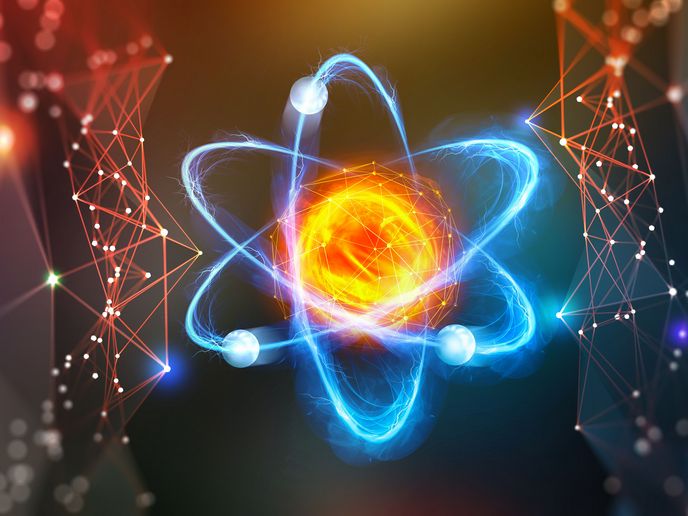Mission accomplished: AI gives autonomy to space robots
In slightly more than half a century, we have gone from Earth’s first artificial satellite launch to more than 250 robotic spacecraft as well as 24 human beings venturing into space to fly by, orbit, land on and explore an increasing number and variety of objects in our cosmos. Robots have significantly increased the value and safety of these missions. Current state-of-the-art space robots perform pre-programmed tasks or tasks they are guided through in near real time by human operators. It is time for them to evolve. The EU-funded CoRob-X project has successfully demonstrated the capabilities of a team of cooperative robotic planetary rovers with AI-enabled environmental perception and control systems for autonomous decision-making ability in extreme environments.
Autonomous planetary exploration: an enabler of future planetary missions
According to project coordinator Thomas Vögele of the Robotics Innovation Center at the German Research Center for Artificial Intelligence, " lava tubes (underground planetary caves formed by hot flowing lava) on the moon and on Mars promise to be not only scientifically interesting but are protected places to potentially store equipment or support future human habitats like Moon Village.” In situations like the descent into and exploration of lava tubes, a reliable connection to the command and control centre on Earth or in lunar orbit is not available. In addition, these tasks and others require the cooperation of at least two robots. AI-integrated cooperative robots like the ones tested in CoRob-X are needed to explore and prepare these sites for human astronauts. “In the CoRob-X project, environmental perception and control systems enhanced with AI algorithms were used to enable the autonomous operation and collaboration of three robotic rovers to solve specific exploration tasks in challenging environments without human operators,” Vögele explains. In the future, AI could enable robots to learn improved behaviours from the results of their decisions. For example, if a space rover decides to drive through a sand dune and nearly gets stuck, machine learning can teach the rover to avoid sandy areas in the future.
AI-enabled robotic teams work wonders in space and on Earth
CoRob-X set out to prove that technologies developed since 2016 in a series of projects funded by the Horizon 2020 Space Strategic Research Cluster (SRC) on Space Robotics can be used for future complex and challenging robotic exploration missions on planetary surfaces. This ‘mission’ was accomplished with extraordinary success via demonstrations at a lava cave on Lanzarote, Canary Islands, and a mineshaft in Spain. “The field trials not only demonstrated the capabilities of autonomous robot teams but provided our young researchers with real-world experiences, expanding the European network of robotics scientists and engineers,” Vögele summarises. Advancing these critical robotics technologies will certainly be in Europe’s best interests, even on the ground, given that the AI-integrated cooperative robotic teams would be an asset in many terrestrial applications from industry and mining to firefighting and environmental monitoring. CoRob-X and the projects of the Horizon 2020 Space Robotics SRC have left a valuable legacy to Europe’s space exploration agenda and its cooperative robotics ecosystem.
Keywords
CoRob-X, robotic, space, AI, robots, rover, cooperative robots, lunar, Mars







